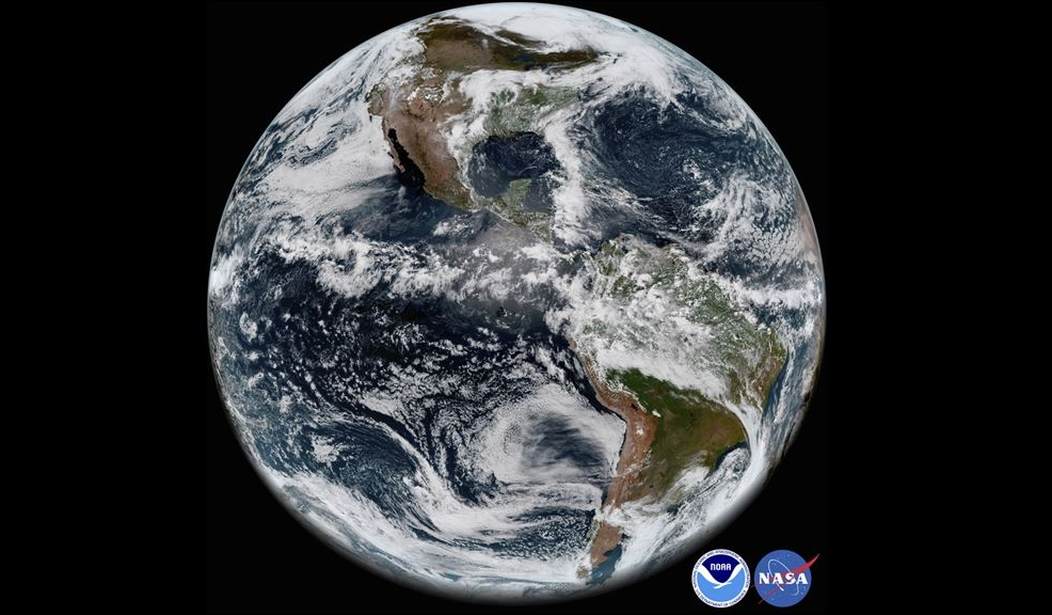When I began in journalism, these hot, muggy days of mid-summer were considered a dead time for news. No social media. No “View.” No Donald Trump. It was so long ago that Joe Biden wasn’t even in the Senate and he didn’t have his amazingly white caps.
The Swamp in Washington was pretty much closed down. Oh, look! They’re about to recess again. City and state officials had the good sense to be somewhere other than the office. I blame Air Conditioning for giving us the 365-day news cycle.
But those days were a grand time to be a rookie reporter because the stars in the business were on vacation and the bar for what made news was considerably lower than busier times of year.
For example, my first front-page story in a big-city newspaper was about a dog who found his owner’s lost wallet and brought it home. I was probably happier than the owner.
Spare summer time, even in the evening, was spent in, on, or near water – swimming, water-skiing, or thinking about it. Everyone did that.
So, I was rather surprised this weekend to come upon a research discussion by the smart folks over at Gallup Inc. that shook up my aged assumptions about summer activities.
From the archives there, they reported results of interviews with more than 150,000 people in 147 countries and areas, thanks to the Lloyd’s Register Foundation.
And they found – no running near the pool, just listen to this – they found that a substantial majority of the world’s population over age 15 cannot swim. Without assistance, they sink. Like a rock.
Hence, Sunday was World Drowning Prevention Day dedicated to reducing the third largest cause of accidental injury deaths.
Swimming skill or the lack thereof is no small matter. There are about 7.8 billion of us currently inhabiting this blue orb rotating around the Sun at eight miles per second. Billions seem like lunch money since January when this Biden crowd began throwing around numbers in the trillions almost daily.
But then you realize that nearly half of those billions of people (45 percent) cannot successfully survive or move on the surface of a planet that is 71 percent covered by water. Which is a lot of Earth that nearly half its population cannot go.
Now, if you believe the World Health Organization, which many of us have come not to do in this past year, water and the inability to maneuver in it takes the lives of some 236,000 people around the world every year.
Swimming is not really that complex an activity, especially when you consider the alternative is sinking. Puppies, even cats, can figure it out right quickly. Hence the term “dog paddle.” Fear of swimming is probably a larger hurdle to overcome.
But here are some numbers from Gallup: Of the 55 percent who say they cannot swim unassisted, most are women. Only 32 percent of females claim that ability. Most men can swim (57 percent).
That male superiority is almost universal by regions. Central Asia is lop-sided (79 percent male, 31 percent female), Latin America (71/33), South Asia (48/22), Southern Africa (56/26), Eastern Europe (84/58), and Southern Europe (86/70).
North America’s balance is close (89 percent male, 78 female), as it is in Northern and Western Europe (89/85). The island nations of Australia and New Zealand are also close (90/85).
And yet bad news for males: They are more than twice as likely as women to drown, likely tied to their increased exposure to water through occupations like fishing and maritime work. Also, their proclivity to swim alone and consume alcohol on the beach or while boating.
You may be watching accomplished swimmers in the Olympics. And then, there are these accomplished female swimmers:
Swimming ability also seems tied to money with higher incomes more likely to claim swimming ability with closer gender gaps. In low-income areas, more than seven out of ten adults (72 percent) are unable to swim.
Wait! As long as you’re here, a little perspective: We think of Earth as pretty big because that’s all we know and, quite honestly, most of us who aren’t billionaires don’t get into space much.

Within our solar system, Earth appears to have the most water of any rocky planet. But on a galactic scale, Earth is little more than a tiny blue dot floating around between Venus and Mars. Just beyond Mars, however, is Jupiter, a massive gas giant that’s five times farther from the Sun than we are.
Jupiter is so immense it’s even larger than some politicians’ egos. Jupiter could contain every other planet in our solar system, twice over. Put another way, 1,300 Earths – nearly 25,000 miles around and 8,000 miles straight through — could fit inside Jupiter.
And yet – are you still treading water? — more than 1,000 Jupiters would fit inside the Sun.
But you’d have to do that at night.













Join the conversation as a VIP Member